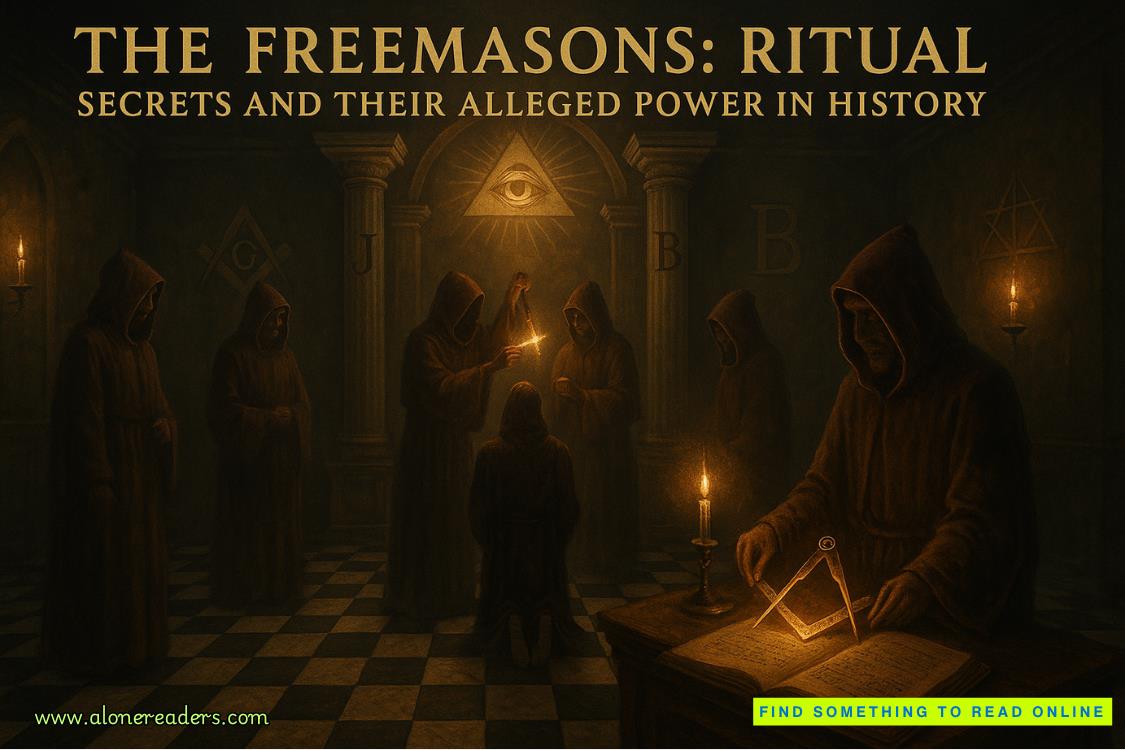Page 46 of Brewing Up My Fresh Start
“And if she says the only good development is no development?”
“Then you’ll know. But, Grayson?” Scott stands, straightening his jacket. “From what I’ve observed, Michelle Lawson doesn’t oppose things just to be difficult. She does it because she’s protecting what she loves. Find a way to do that while building what the community needs, and you might solve more than one problem.”
After he leaves, I sit thinking about protection and love and creative solutions. About Michelle’s face lighting up when she described the jazz nights she wants to host, the community garden she’s planning for the empty lot behind the bookstore. Her vision for Twin Waves as a place where people choose to build lives instead of just passing through.
Scott’s right. The answer isn’t winning this fight. It’s fighting for the same things.
The Twin Waves Community Center conference room feels smaller tonight, maybe because Michelle and I keep catching each other’s eyes across the table while Mayor Waters reviews the agenda.
Michelle’s wearing a navy blue blazer that makes her look professional and competent and completely devastating to my ability to focus on city procedures.
“First item,” Mayor Waters announces, “environmental impact assessment updates.”
I present the coastal erosion mitigation plans, trying not to notice the way Michelle leans forward when I explain how the new seawall design will actually improve protection for existing businesses. Her questions are sharp and insightful, and I realize she’s been researching coastal engineering in her spare time.
“The new seawall design will actually improve storm protection for the entire boardwalk district,” I explain, pointing toward the beachfront diagram. “Current weather patterns drive waves straight into the existing structures. The modified design channels that energy away from the community areas.”
“Environmental impact on the beach ecosystem?” Michelle leans forward, her dark blonde hair falling loose in a way that makes my mouth go dry.
Focus, Reed.
“Minimal disruption,” I manage, my voice rougher than intended. “We’re enhancing natural sand flow patterns rather than fighting them. The dune restoration will actually create better nesting areas for sea turtles.”
She makes notes with fierce concentration, biting her lower lip in that way that makes me wonder what else might earn that same focused attention. When she glances up, catching me staring, heat flickers in her dark eyes before she quickly looks back down.
“When I first opposed this project,” she says quietly, “I was picturing something completely different.”
“What were you picturing?” I ask, though part of me knows I should keep this conversation strictly professional. The way she’s looking at me right now—like she’s seeing something she didn’t expect—makes rational thought increasingly difficult.
“Expensive high-rises blocking the ocean views. Exclusive beach access for people who could afford million-dollar condos.” Her voice carries a hint of breathiness that wasn’t there moments ago. “Private boardwalk sections that would cut off local families from their own community beach.”
“Ah.” Understanding dawns, and with it, something that feels dangerously close to relief. “Not mixed-income housing that preserves public beach access and supports local businesses.”
“Exactly.” She sets down her pen and looks directly at me, and the intensity in her gaze makes my pulse kick into overdrive. “Your original marketing materials emphasized profit potential while barely mentioning community preservation. I thought you were another developer who saw dollar signs instead of people’s lives.”
“Note to self,” I say, surprised by how steady my voice sounds when my heart is hammering against my ribs, “better marketing materials that actually explain what we’re trying to build.”
“Note to self,” she counters, and there’s something almost playful in her tone now, dangerous and inviting, “ask more questions before organizing the entire town into opposition campaigns.”
The admission is loaded with implications that have nothing to do with municipal planning and everything to do with the way she’s looking at me like she’s reassessing every assumption she’s made about who I am.
We share a moment of mutual acknowledgment that we both could have handled our initial interactions more diplomatically.It’s oddly comfortable, admitting our respective mistakes while planning how to fix them.
“Second item,” Mayor Waters continues, “community spaces integration.”
This is where it gets interesting. Michelle presents her research on successful mixed-use developments that preserved community character while adding economic opportunities. Her presentation is thorough, professional, and absolutely brilliant.
“The key,” she says, clicking through examples from coastal towns that managed growth without losing their character, “is ensuring that new development enhances existing community gathering spaces rather than replacing them.”
She commands the room, and something shifts in my chest. This isn’t just attraction anymore. This is respect. Admiration. The growing realization that Michelle Lawson isn’t just beautiful and passionate—she’s exactly the kind of partner I never knew I was looking for.
When the meeting ends two hours later, we’re all standing around comparing calendars and scheduling follow-up sessions. Michelle and I stand by the coffee station, supposedly adding cream and sugar to the church basement brew that barely qualifies as coffee.
“That went well,” I say, stirring my coffee with unnecessary attention.
“Better than I expected.” She glances around the room, then leans closer. “Can I ask you something?”
“Shoot.”















